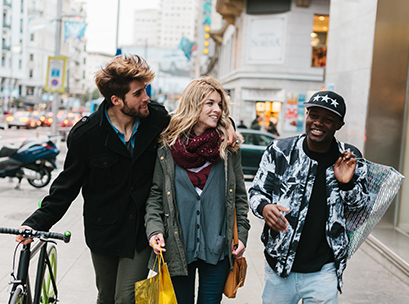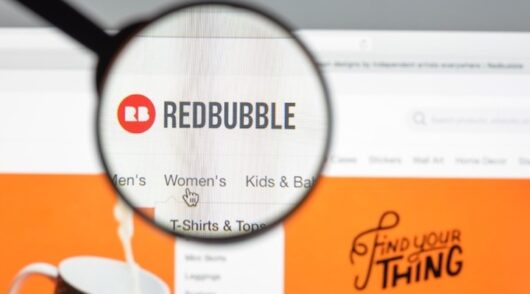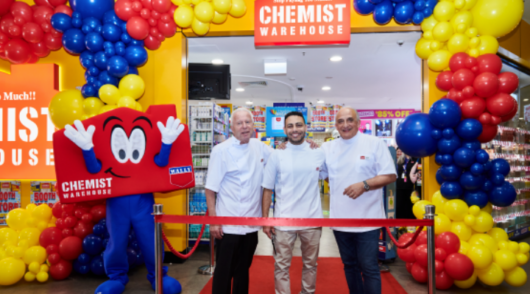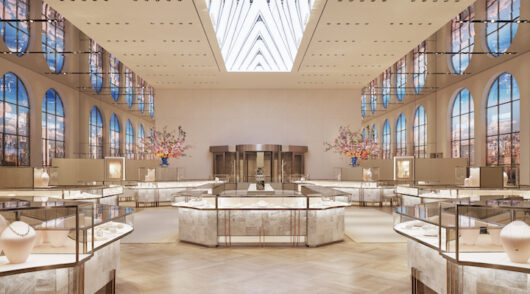 By Michel van Aalten, country manager ANZ, Adyen
By Michel van Aalten, country manager ANZ, Adyen
Whether at bricks or by clicks, Australia is an important retail market – Aussies are still spending, and international brands are taking notice. With only 39 of the world’s top 250 retailers operating in Australia, the market remains relatively unsaturated by the world’s largest retail brands compared to the U.S. and European markets. So how can Aussie retailers take advantage of this imminent growth and be prepared for the deluge of big international brands?
In a study Adyen conducted, we found that Australians still like shopping in-store, with a majority (72 per cent) citing the browsing experience as an important factor. In the course of the survey and in our conversations with retail partners, we also found recurring elements that retailers say have helped their business.
Bringing the brand to life
When retailers focus on the lifestyle and not the product, engagement is higher and customers tend to come back for more. Nike exemplifies this with their mega New York store designed for the sports lover. The space contains a mini basketball court, a treadmill with outdoor running track simulations, a shoe bar to customize trainers, and most importantly, dedicated coaches on staff who can put customers through drills to test out the shoes.
We also found that successful retailers empower their sales associates. They give their associates access information quickly and easily – such as via mobile devices and apps for customer identification, customer engagement, associate training and task management, point of sale (POS) and payments.
Creating a unified brand experience
E-commerce, social media, mobile and POS are all part of your shoppers’ experience with your brand. Unified commerce – one single platform to manage all customer communications – allows retailers to create one consistent experience across channels and devices – from customer interface, right through to backend technology. This makes it easy to recognize shoppers across multiple touch points and offer the same enjoyable experience every time.
We’re seeing more retailers making good use of new technologies to enhance the in-store experience. Ralph Lauren and Rebecca Minkoff use smart mirrors in fitting rooms allowing shoppers to browse for other sizes or products that might complement whatever they’re trying on. For retailers who sell products that are not practical to try on, many are looking into augmented reality (AR). John Lewis’ AR app used scanning technology to allow customers to visualise how furniture would look like in their homes, while Burberry Beauty Box uses AR to let customers see how nail colors would look in real life with their skin tones.
Buyer preferences and behaviour are in a constant flux, so be open to making adjustments to keep apace with shopper preferences and behavior. Get a quick overview of what makes today’s Aussie shoppers tick – download Adyen’s infographic: 5 things about payments in Australia.





